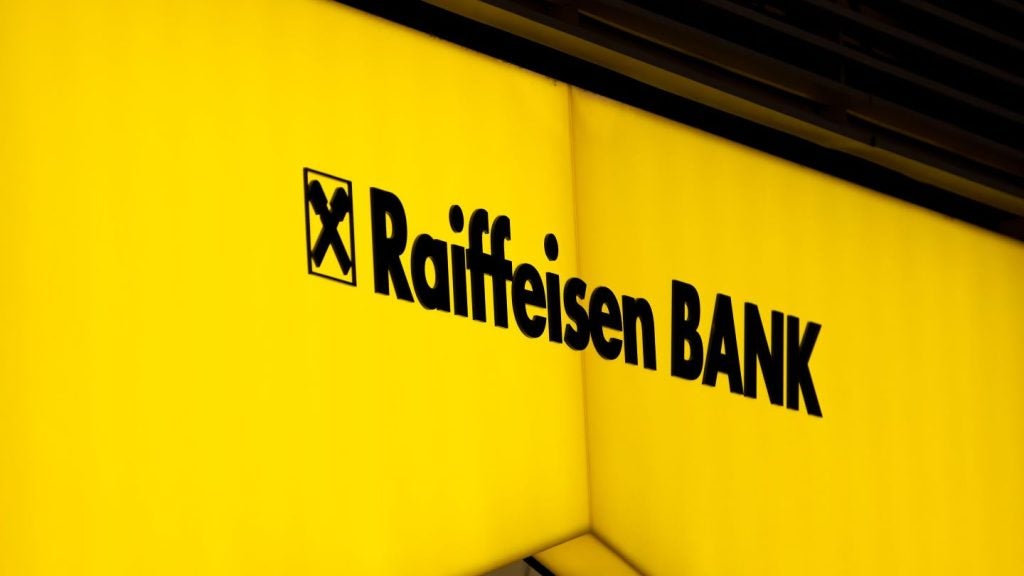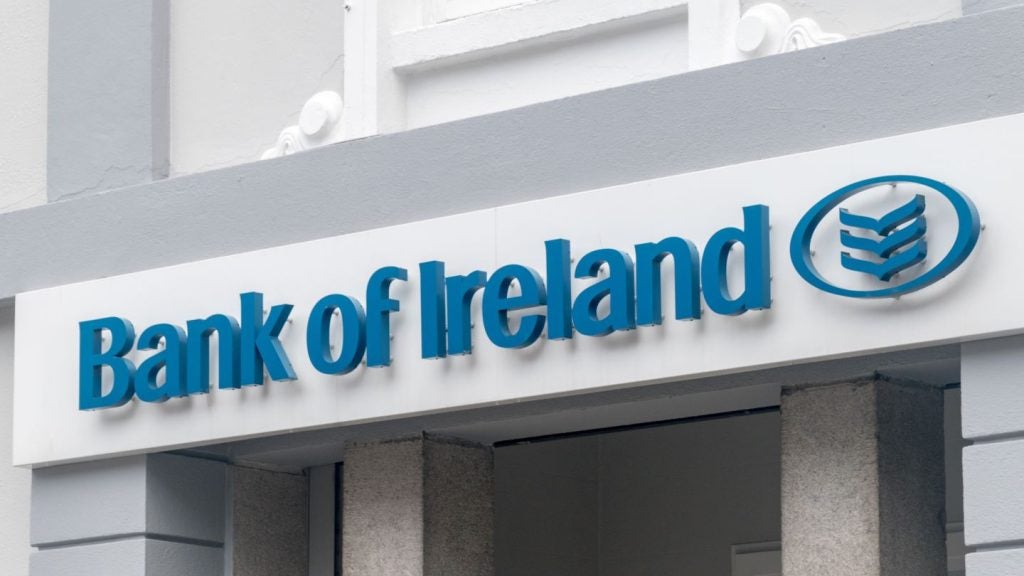The long-awaited merger between Santander and Abbey, Alliance
& Leicester and Bradford & Bingley is finally beginning to
take shape; although the banks remain tight-lipped about the future
of their leasing divisions, Jason T Hesse
discovers.
This month marks the first anniversary of Santander’s
acquisition of Alliance & Leicester. One year on, the Spanish
bank, which acquired Abbey in 2004 and Bradford & Bingley last
September, is still working on a strategy to try to bring the
banks’ leasing arms together.
Branching out
While a spokesperson for Santander
would not confirm what shape the leasing businesses would
eventually take, Leasing Life can confirm that, before the
end of the year, each banks’ leasing arm will be adopting the
Santander brand.
“All corporate and commercial banking
operations, which include leasing, will be changing brand at some
stage this year,” said the spokesperson.
“Furthermore, we are very committed to
providing asset finance to businesses in the UK. It is a key part
of our full banking service; and, going forward, we are looking to
broaden out the sectors in which we provide this support.”
How well do you really know your competitors?
Access the most comprehensive Company Profiles on the market, powered by GlobalData. Save hours of research. Gain competitive edge.

Thank you!
Your download email will arrive shortly
Not ready to buy yet? Download a free sample
We are confident about the unique quality of our Company Profiles. However, we want you to make the most beneficial decision for your business, so we offer a free sample that you can download by submitting the below form
By GlobalDataThe spokesperson would not say into which new
sectors Santander’s leasing arms would try to move, but conceded
that at the moment the bank was “very focused” on the commercial
vehicle and bus and coach sectors, and that its strategy was to
reach out to additional areas.
Last April, Alliance & Leicester told
Leasing Life that it wanted to offer finance to “a wider
range of businesses”, particularly in the SME sector, but that it
would cease providing finance to independent leasing companies.
“We used to provide finance to contract hire
companies, which then offered fleet services to individual
businesses,” said a spokesperson for Alliance & Leicester.
“But this meant the end-customer was receiving
finance from Alliance & Leicester without knowing that we were
the finance company, because they were dealing with these
middle-men who were effectively almost like brokers.”
This change is understood to be in line with
Santander’s business model.
Staff
It is not known whether the
integration of the banks into Santander will result in a reduction
of staff at the leasing arms, either.
Six months ago, Santander announced that it
would be cutting up to 1,900 employees from the three British
banks.
It was claimed that this was not in reaction
to the financial crisis, but as part of a planned £180 million
(€213 million) annual cost saving identified at the time of the
Alliance & Leicester’s acquisition.
Indeed, when Santander acquired the British
banks, it took on 23,000 UK staff: 15,000 at Abbey, 7,000 at
Alliance & Leicester and 1,000 at Bradford & Bingley.
Since its 2004 acquisition of Abbey, Santander
has already cut 7,000 jobs at the bank, largely in back office
functions.
Alliance & Leicester has also taken steps
to reduce headcount, having launched a voluntary redundancy scheme
last year. This was said to be in reaction to a decrease in
customer demand as well as a concerted effort to reduce costs. Upon
announcing the measures, the bank told Leasing Life this
would lead to “no changes” in either the structure or sectors of
its leasing business.
‘Relationship-led’
Looking forward, Santander’s
business model will continue to be adopted by the other banks in
the group, based around “relationship banking”.
The three UK banks’ leasing arms, which will
form part of Santander’s full banking service, have much to offer
to the Spanish group. Alliance & Leicester is particularly
strong, with around £6.5 billion of commercial lending across
several areas in the UK last year.
“All corporate and commercial banking
operations, which include leasing, will be changing brand at some
stage this year”
For example, one area of the company’s
strength is in the bus and coach market – indeed, Alliance &
Leicester currently finances one in four of all coaches in the UK,
with one of its subsidiaries, Hansar Finance, providing a service
to smaller operators.
The bank also finances ships, rail assets such
as freight wagons, container boxes, commercial aviation aircraft
and helicopters, and waste recycling through WRAP, the Waste and
Resources Action Programme, a government scheme.
Abbey’s leasing model is much smaller since it
sold its asset finance and leasing businesses, which provided
specialist finance to the SME sector, a few months before it was
acquired by Santander in 2004.
Last year, Abbey also sold its railway rolling
stock leasing company, Porterbrook, to a consortium of
international investors, including Deutsche Bank, Lloyds TSB and
BNP Paribas, for an estimated
€1.9 billion.
At the time of the sale, it was speculated
that Abbey sold the business to boost Santander’s capital base,
although this has not been confirmed by the bank.
Santander itself boasts strong leasing
credentials as well, having approved, last January, a
€4 billion credit line for SME businesses, including €1 billion for
leasing and renting operations.
Through Santander Consumer Finance, the
Spanish bank also offers motor finance, as well as stock finance
and industrial equipment leasing.
This arm of Santander is found in most
countries where the bank operates and continues to grow.
The integration of Abbey’s, Alliance &
Leicester’s and Bradford & Bingley’s leasing arms into
Santander will provide the Spanish bank with a solid base, which it
intends to build on.
But before it can do so, it must surmount what
can only be a complex and difficult integration. Only time will
tell how successful Europe’s largest bank will become in European
leasing.







